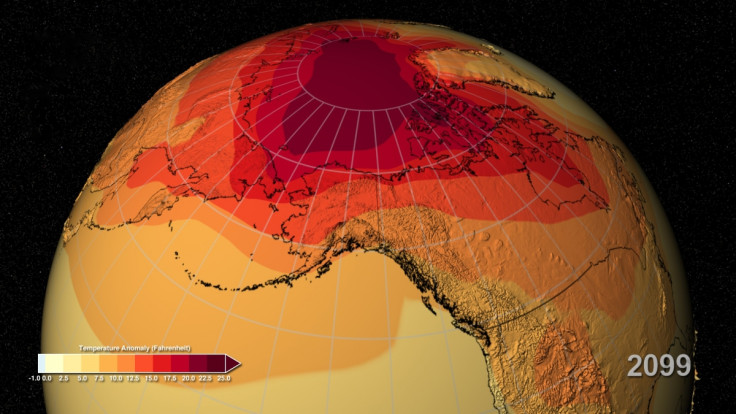15,000-Year-Old Carbon-Rich 'Brady' Soil Contributes to Global Climate Change

Ancient buried soils rich in carbon can contribute to global climate change, a new study has shown.
Researchers from the University of Wisconsin-Madison have found that deeply buried soils containing organic carbon could contribute to global warming if they are disturbed through erosion, mining, deforestation and other human activities.
"There is a lot of carbon at depths where nobody is measuring," lead author Erika Marin-Spiotta told Science News Report.
"It was assumed that there was little carbon in deeper soils. Most studies are done in only the top 30cm. Our study is showing that we are potentially grossly underestimating carbon in soils."
The researchers examined so-called Brady soil, formed between 15,000 and 13,500 years ago in Nebraska, Kansas and other areas of the Great Plains.
Located over six metres below the surface, the soil was buried by an accumulation of windblown dust, known as loess, after glaciers covering North America began to retreat around 10,000 years ago.
With the removal of glaciers, the Brady soil was subject to vegetation and wildfires, which contributed to carbon sequestration.
"Most of the carbon [in the Brady soil] was fire derived or black carbon," explained Marin-Spiotta, as reported by Science Recorder. "It looks like there was an incredible amount of fire."
The team used analytical methods, including spectroscopic and isotopic analyses, to examine the soil and its chemistry. Organic matter from ancient plants that had not decomposed was also discovered.
According to the researchers, the rapid burial of the carbon-rich soil prevented it from undergoing biological processes that would normally have dissolved the carbon.
Such buried soils, according to researchers, are not unique to the Great Plains and occur worldwide. As humans increasingly disturb landscapes through a variety of activities, carbon becomes a potential contributor to climate change as it is reintroduced into the environment.
The element carbon comes in many forms and cycles, through the land, sea and atmosphere. Scientists have long known about the carbon storage capacity of soils, the potential for carbon sequestration, and that carbon in soil can be released to the atmosphere through microbial decomposition.
The soil also offers an insight into how the environment endured various climate shifts. "The world was getting warmer during the time the Brady soil formed," said Joseph Mason, co-author of the study, as reported by the University Herald.
"Warm-season prairie grasses were increasing and their expansion on the landscape was almost certainly related to rising temperatures."
The findings are published in the journal Nature Geoscience.
© Copyright IBTimes 2025. All rights reserved.






















